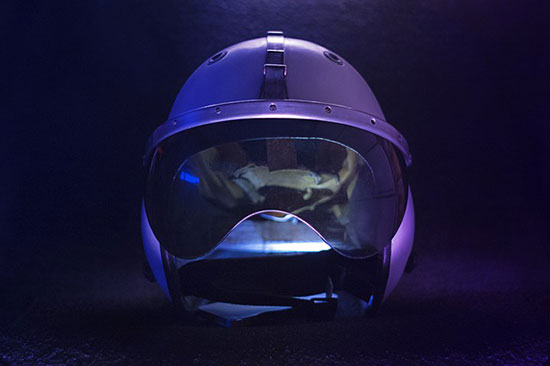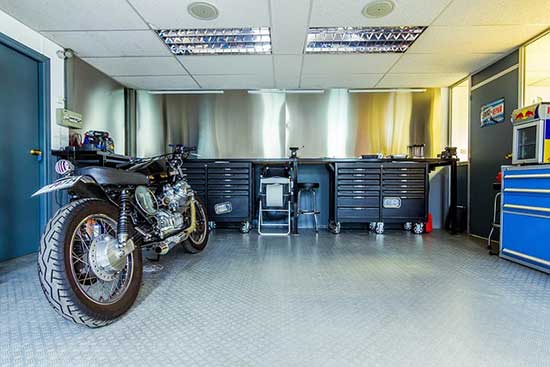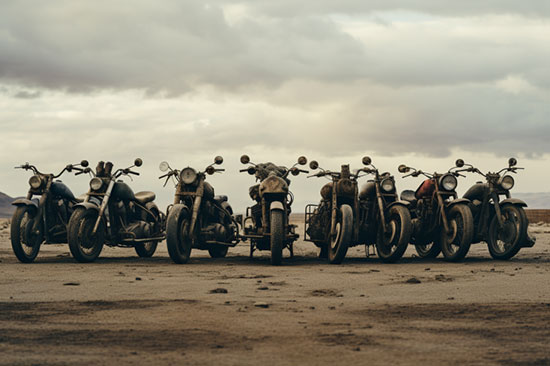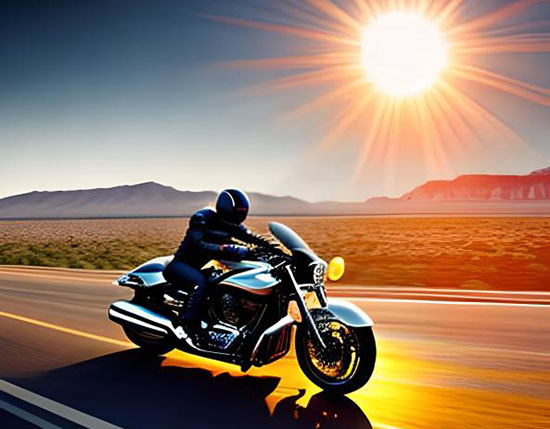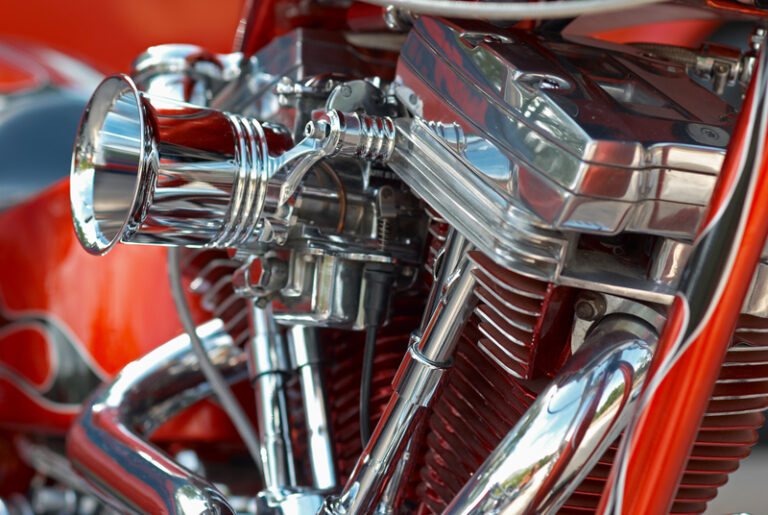Riding a motorcycle can be one of the most exhilarating experiences for motorcyclists, but the weather can make a significant difference in your ride.
Temperature plays a crucial role in determining the comfort and safety of your motorcycle trip.
Contents
The Impact of Temperature on Riding Comfort
Cold Weather Challenges
When temperatures are low, you can face various challenges, including limited mobility, reduced tire traction, and the risk of hypothermia.
Cold hands and feet can also affect your ability to control the motorcycle, potentially compromising safety.
Warm Weather Challenges
On the other end of the spectrum, high temperatures can lead to heat exhaustion, dehydration, and even heatstroke.
Riding in hot weather can also cause your motorcycle to overheat, which may result in engine damage or a breakdown.
Determining the Ideal Temperature Range
Personal Preferences
There’s no one-size-fits-all answer to the perfect temperature for motorcycle riding, as personal preferences vary.
Some riders enjoy the challenge of riding in cold weather, while others prefer the warmth of the sun. Experimenting with different temperatures will help you discover your comfort zone.
Weather Conditions
Keep in mind that other weather conditions, such as wind, rain, or snow, can impact your riding experience.
Even if the temperature is ideal, these elements can make a ride uncomfortable or even unsafe.
Motorcycle Type
The type of motorcycle you ride can also influence your temperature preferences. Some bikes are better suited to different weather conditions, which we’ll discuss below.
Touring Motorcycles
Touring motorcycles typically offer more protection against the elements, making them a suitable option for colder temperatures.
Their windshields and fairings help shield you from wind chill, and they usually have heated grips and seats.
Sport Motorcycles
Sport motorcycles often provide less protection from the cold and wind. With their aggressive riding position, it’s essential to dress appropriately for the temperature to ensure your comfort.
Cruiser Motorcycles
Cruiser motorcycles generally offer more relaxed ergonomics and can be more comfortable in warmer temperatures.
However, they usually lack wind protection, so it’s crucial to prepare for colder weather if you plan on riding in low temperatures.
Gear and Clothing for Different Temperatures
Cold Weather Gear
Investing in cold-weather gear is crucial if you plan on riding in lower temperatures. Consider heated gear, such as gloves, jackets, and pants, to help maintain warmth.
Layering is also essential, with moisture-wicking base layers, insulating mid-layers, and windproof outer layers. Don’t forget to wear a balaclava or neck gaiter to protect your face and neck from the cold.
Warm Weather Gear
In hot temperatures, it’s vital to wear gear that promotes airflow and keeps you cool. Look for ventilated jackets, gloves, and pants made from breathable materials.
Additionally, wearing moisture-wicking base layers can help regulate your body temperature. Don’t forget to apply sunscreen on exposed skin and wear a helmet with proper ventilation.
Tips for Riding in Various Temperatures
- Always check the weather forecast before heading out for a ride. This will help you prepare accordingly and ensure you’ve dressed appropriately for the temperature and conditions.
- Adapt your riding style to the temperature. In colder weather, be mindful of reduced tire traction and adjust your speed and braking accordingly. In hot weather, stay hydrated and take breaks to avoid heat exhaustion.
- Make sure your motorcycle is well-maintained and ready for the weather conditions. This includes checking tire pressure, and coolant levels, and ensuring your bike’s heating or cooling systems are functioning correctly.
- Carry extra layers of clothing or gear to accommodate changing temperatures throughout the day.
Conclusion
Ultimately, the ideal temperature for riding a motorcycle depends on personal preferences, weather conditions, and the type of bike you’re riding.
By investing in the right gear and adapting your riding style, you can enjoy motorcycling in various temperatures. Always stay prepared and prioritize your safety, no matter the weather.
FAQs
What’s the coldest temperature I can ride my motorcycle in?
It depends on your tolerance for cold and the gear you’re wearing. Some riders venture out in sub-freezing temperatures with proper cold-weather gear, while others prefer to stay indoors when it’s below 50°F (10°C).
How can I prevent my motorcycle from overheating in hot weather?
Regularly check your coolant levels, ensure your cooling system is functioning correctly, and avoid prolonged idling in high temperatures. Taking breaks and allowing your bike to cool down can also help.
Is it safe to ride a motorcycle in the rain?
Riding in the rain can be safe if you take precautions, such as wearing waterproof gear, reducing your speed, increasing your following distance, and avoiding puddles or slippery surfaces.
How do I choose the right gear for different temperatures?
Consider your comfort and safety when selecting gear. For cold weather, look for heated and insulated gear that provides wind protection. For warm weather, prioritize breathability, ventilation, and sun protection.

